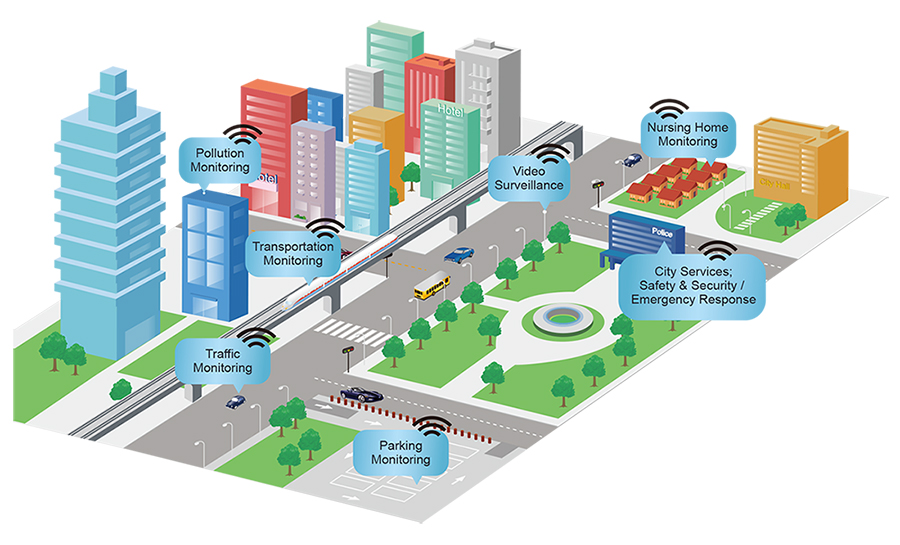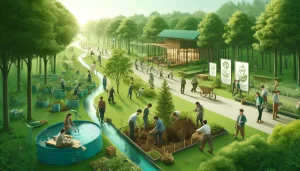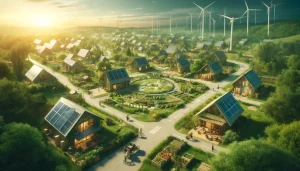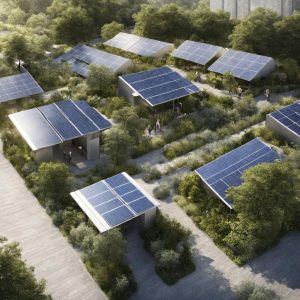Green infrastructure, encompassing elements like green roofs, permeable pavements, and green streets, is a vital component in urban planning. While the benefits of green infrastructure are widely known, such as improving water quality, air quality, and reducing urban heat island effects, implementing these sustainable practices is not always straightforward. This article will delve into the challenges, barriers, and opportunities for green infrastructure in urban areas.
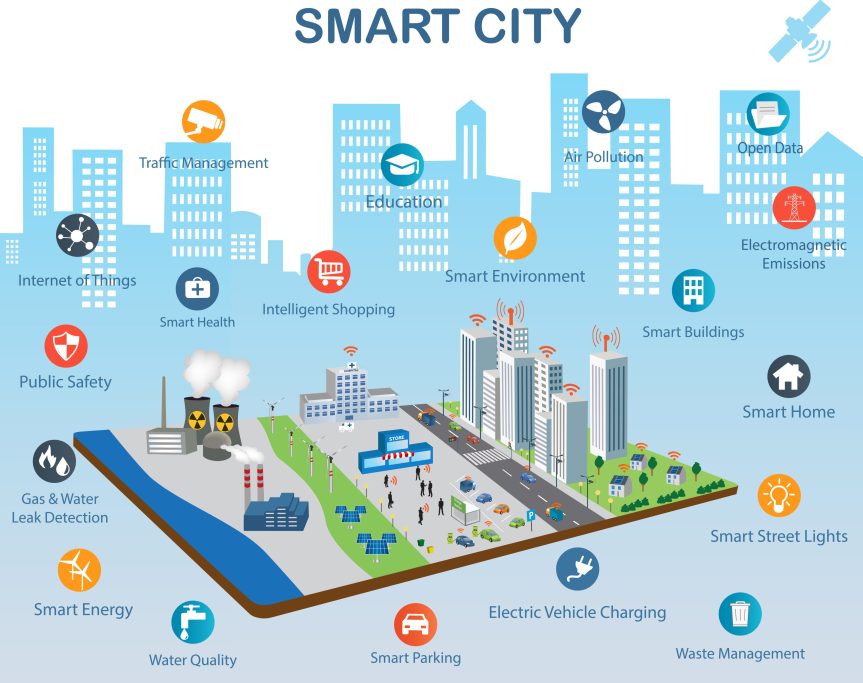
Challenges in Implementing Green Infrastructure
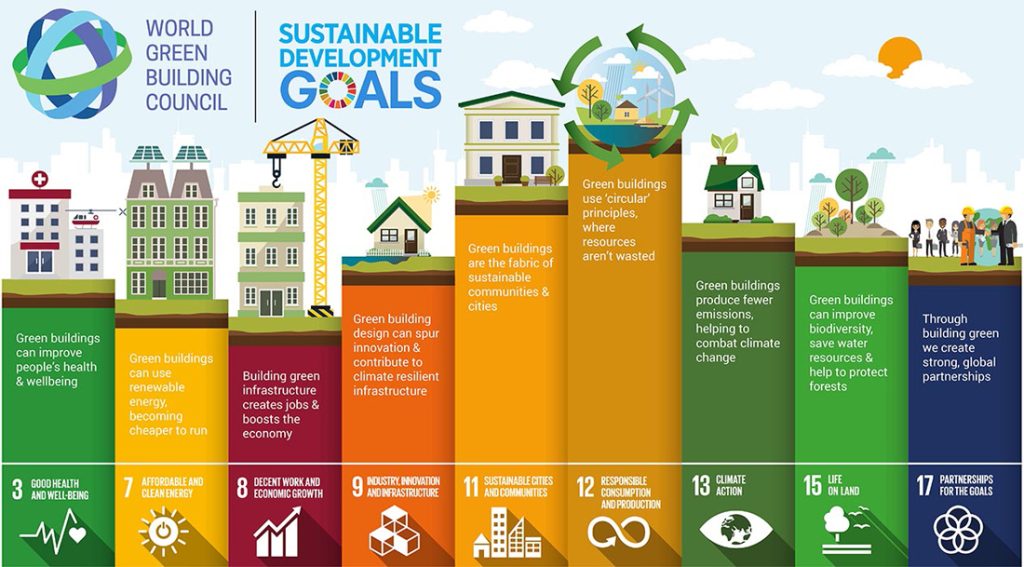
1. Financial Barriers
Implementing green infrastructure projects requires significant investment. Funding for green infrastructure can be complex, and cities often struggle with allocating sufficient resources. This can include the costs associated with design and construction, infrastructure investments, and urban development funding.
2. Regulatory and Policy Barriers
Regulations like stormwater permits and state revolving fund restrictions can hinder green infrastructure implementation. There is a need for a series of policy memos that promote green infrastructure and create frameworks to support green infrastructure solutions.
3. Technical and Knowledge Barriers
Understanding green infrastructure techniques and practices requires specialized knowledge. Identifying barriers to green infrastructure, choosing the correct green infrastructure approaches, and managing site planning can be complicated.
4. Conventional Infrastructure Mindset
The transition from gray infrastructure to green requires a shift in mindset. Conventional infrastructure is often preferred due to familiarity, creating resistance towards adopting green infrastructure and innovative green infrastructure solutions.
Potential Solutions to Overcome Barriers
1. Financial Solutions
Investing in green infrastructure can lead to economic benefits and green jobs. Green infrastructure funding options like the green project reserve and water infrastructure projects need to be explored.
2. Policy and Regulatory Solutions
Local governments can promote green infrastructure by integrating it into stormwater management, housing and urban development, and urban planning. Proper regulations can help communities manage urban stormwater and encourage the use of green infrastructure.
3. Technical Support and Education
Providing technical support and education to city planners, architects, and contractors is crucial. This includes training on green infrastructure practices, planning green projects, and focusing on green infrastructure that improves urban greenery.
4. Community Engagement and Partnerships
Collaborating with community members, environmental organizations, and urban parks authorities can encourage adopting green infrastructure. Engaging residents in green areas can increase property values and improve urban living conditions.
Case Studies: Success Stories and Lessons
Understanding the main challenges and success stories can guide cities across the nation. California cities, for example, have implemented various green infrastructure systems to manage stormwater and combined sewer overflow, including green infrastructure elements like rain gardens and permeable surfaces.
Conclusion
While the implementation of green infrastructure in urban environments may face many challenges, these can be overcome with careful planning, investment, and collaboration. From stormwater management to urban greening, green infrastructure provides multiple benefits that enhance urban living. By recognizing the barriers to implementing green infrastructure and focusing on solutions for green infrastructure, we can work towards a sustainable future, reducing the urban heat island effect, creating green jobs, and enhancing the quality of life in our cities.

